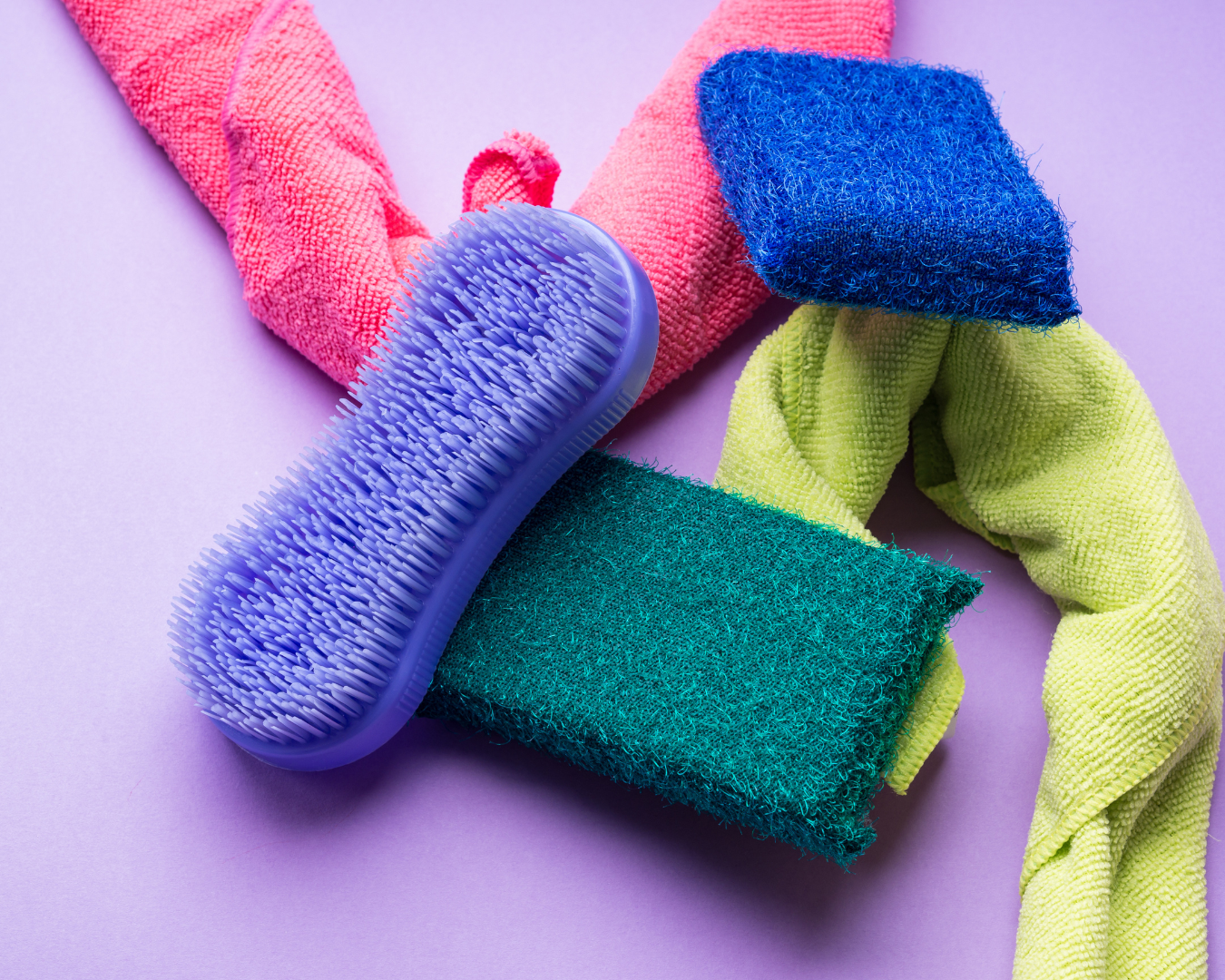Sanitizing Your Kitchen Sponges and Cloths: The Ultimate Guide
Keeping your kitchen clean and sanitary is essential, but it doesn’t stop at countertops and appliances. One of the most overlooked aspects of kitchen hygiene is the tools you rely on daily: your sponges and cloths. These items can harbor a significant amount of bacteria if not properly sanitized. In this blog post, we’ll walk you through the best methods to sanitize your kitchen sponges and cloths, ensuring a healthier and more effective cleaning routine.
The Importance of Regular Sanitization
Sponges and cloths are prime breeding grounds for bacteria due to their moisture content and frequent contact with food residues. Without regular sanitization, you risk spreading harmful bacteria like E. coli and Salmonella. Therefore, effectively cleaning these tools is not just a matter of extending their lifespan—it’s a critical step in safeguarding your family’s health.
Methods for Sanitizing Kitchen Sponges
1. Microwave Method
Step 1 Thoroughly rinse the sponge to remove any loose debris.
Step 2 Place the damp sponge in the microwave.
Step 3 Microwave the sponge on high for 1-2 minutes.
– Ensure the sponge is wet to avoid the risk of fire.
2. Dishwasher Method
Step 1 Place the sponge in the dishwasher’s utensil holder.
Step 2 Run the dishwasher on the hottest cycle with a drying option.
– The high temperature will kill bacteria effectively.
3. Bleach Soak Method
Step 1 Mix 3/4 cup of bleach in one gallon of water.
Step 2 Soak the sponge for 5-10 minutes.
Step 3 Rinse thoroughly with clean water.
– This method is particularly effective for heavily soiled sponges.
Methods for Sanitizing Kitchen Cloths
1. Hot Wash Cycle
Step 1 Place the cloths in the washing machine.
Step 2 Use the hottest setting available.
Step 3 Add a suitable amount of detergent and bleach if appropriate.
– The high temperature and bleach will kill most bacteria.
2. Boiling Method
Step 1 Boil a pot of water.
Step 2 Add the cloths and let them boil for 5-10 minutes.
Step 3 Allow them to cool before handling.
– Boiling is a surefire way to eliminate bacteria.
Best Practices for Maintenance
– Frequent Replacement: Sponges should be replaced every 1-2 weeks, even with regular sanitization. Cloths should be changed out and washed after every use.
– Dry Thoroughly: Ensure sponges and cloths are fully dried between uses to inhibit bacterial growth.
– Dedicated Use: Use separate sponges and cloths for dishes and countertops to avoid cross-contamination.
Incorporating these sanitization methods into your regular cleaning routine will help keep your kitchen a safe and healthy environment. Don’t overlook the importance of maintaining clean sponges and cloths—your family’s well-being depends on it.

